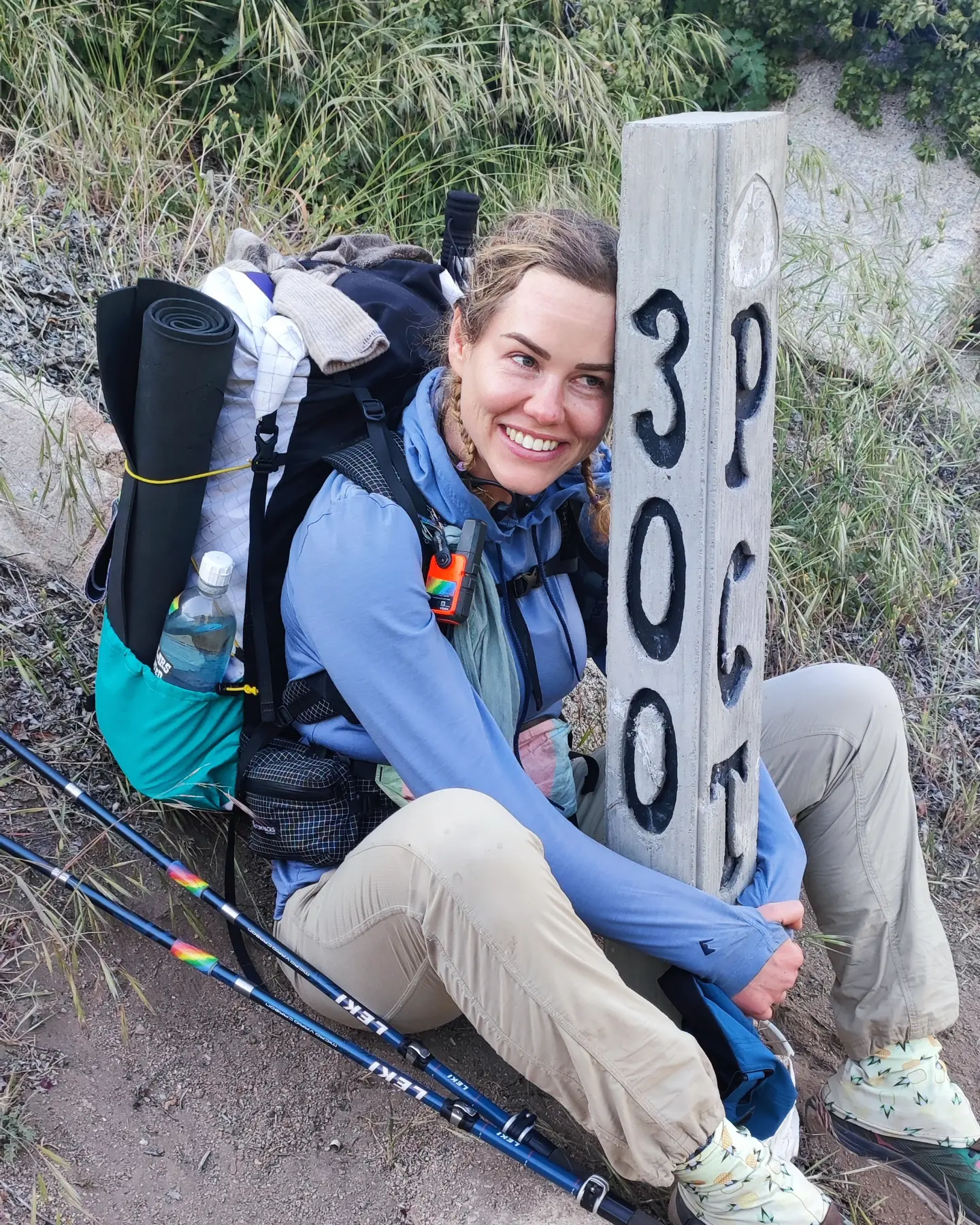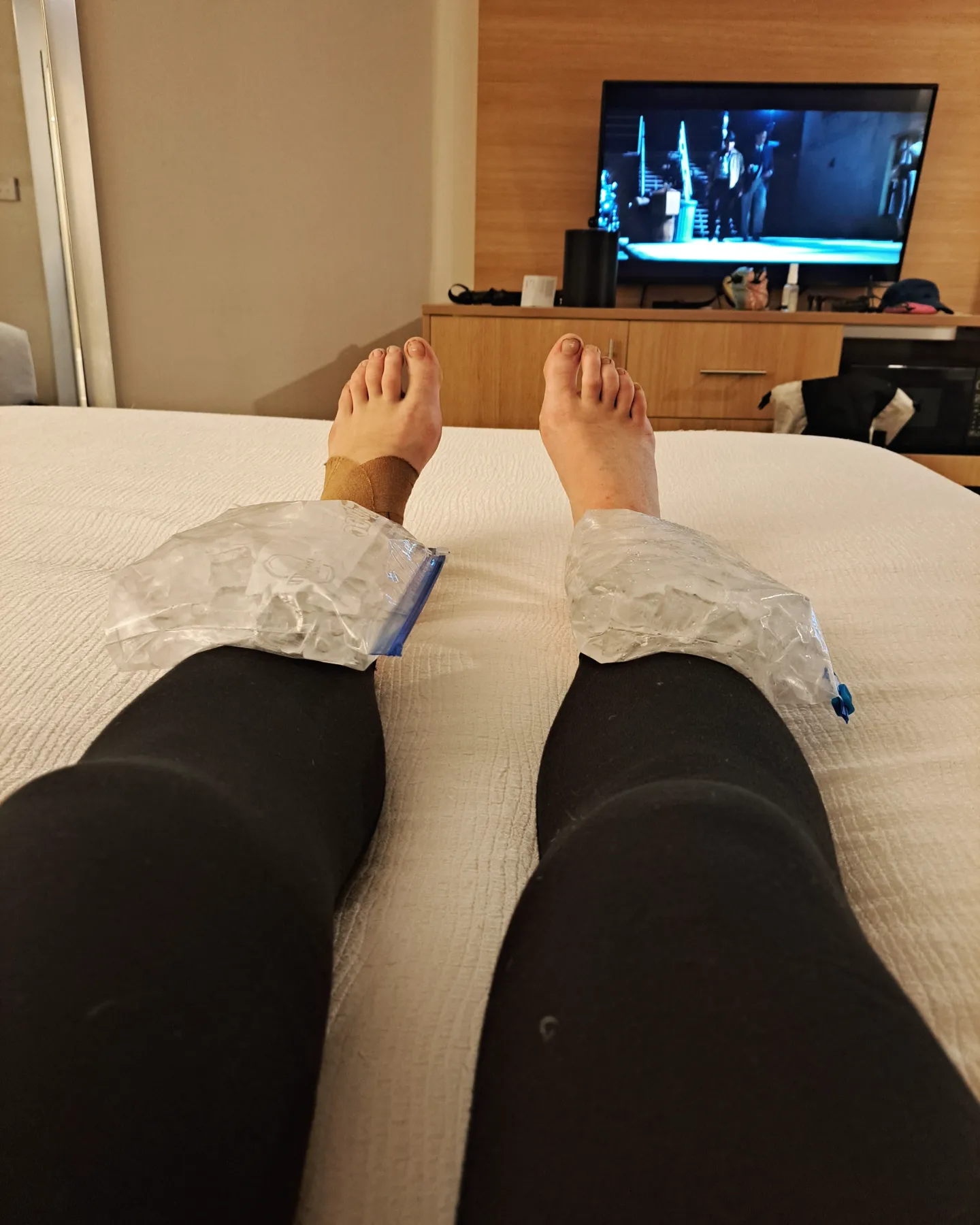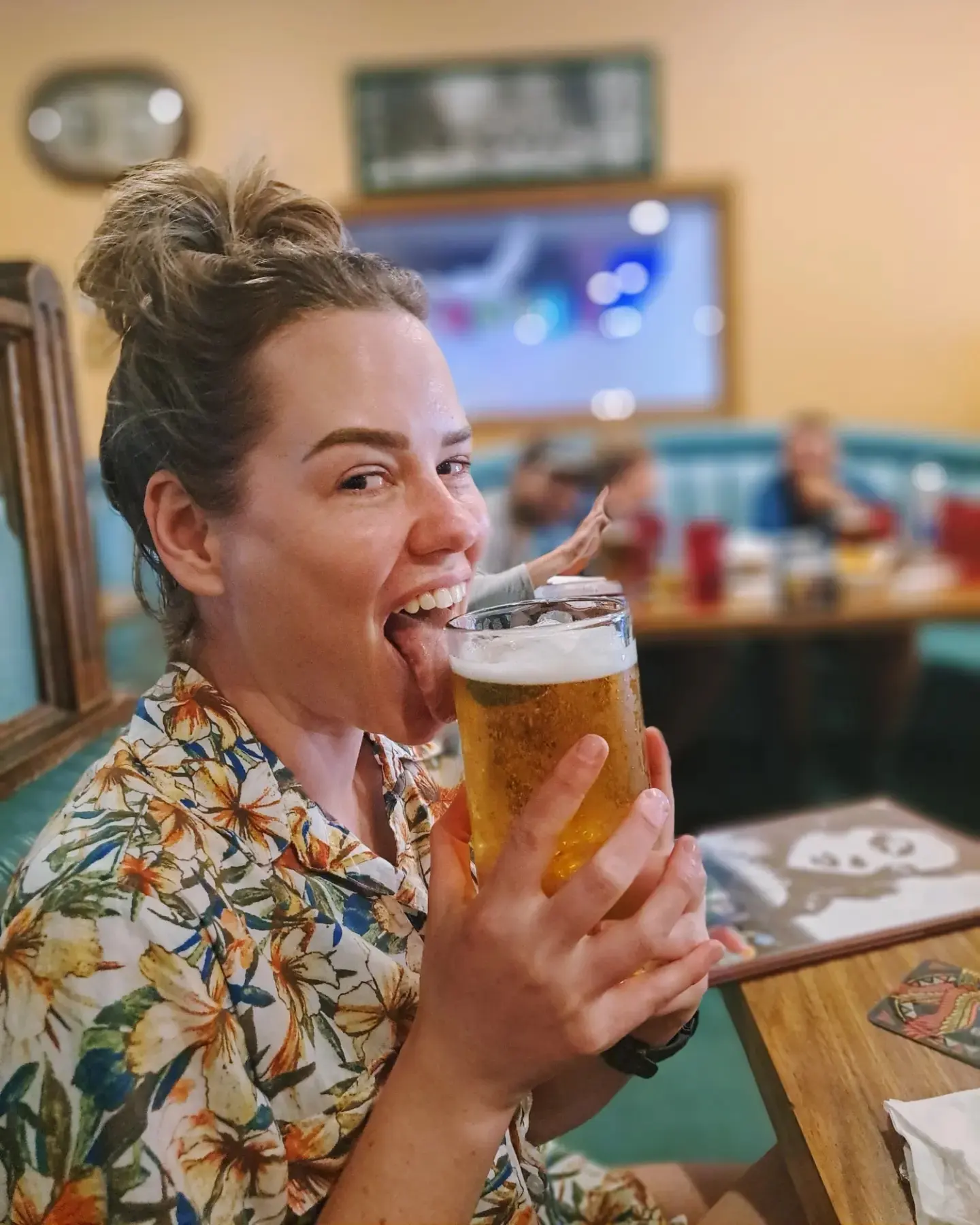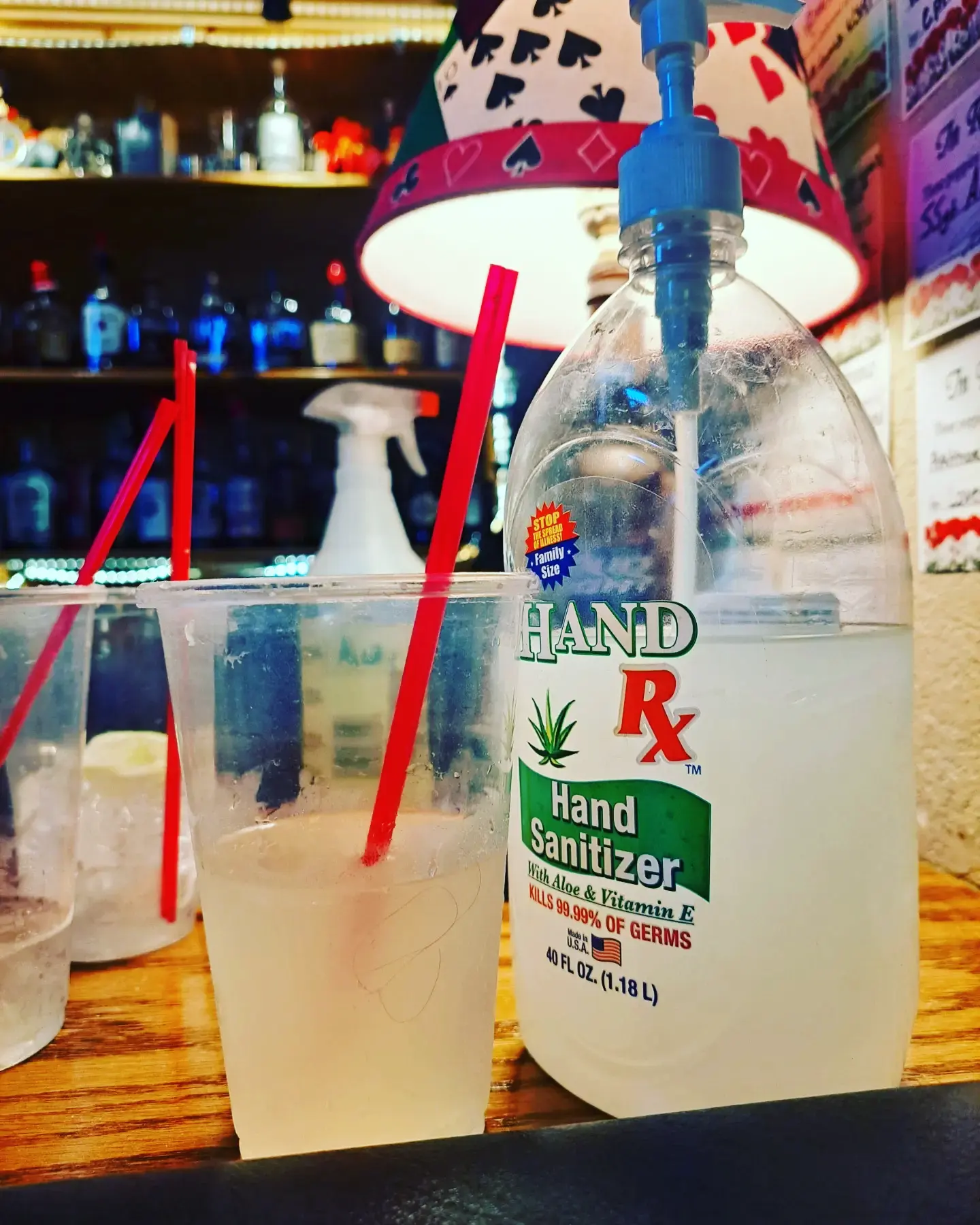100 Days On and Off Trail: Starting and Then Starting Over
It seems odd now, but it never really occured to me to apply to blog for the trek before I started the PCT. I wasn’t sure if I’d have the time or inclincation to write on trail.
A friend asked me if I planned to keep a journal and I told her I didn’t think I would. She laughed at me and said ‘But you love to write! You’ll want to write about this.’
I do, and she was right.
So only a few miles from the midpoint, and after 100 days on trail (well, mostly on trail), here I am, typing away on a portable keyboard I added to my pack in Tahoe (it’s amazing) in the home of the first female trail angel I’ve stayed with (creepy trail angel experiences so far: 6).
My first 300 miles on the PCT are much like anyone elses.
I fall in with a small trail family of two other women, I hike my first 20 mile day, I get hungry and dirty and I complain about the long water carries and the wind. I don’t get any blisters, my gear is all working out well and my body, generally, feels good.
It is understood by most of the people I’ve met on the trail, that almost all of the people who quit the PCT, quit before the 300 mile mark.
Ergo, if you make it the first 300 miles, you stand a good chance of making it all the way.
It feels pointed then, that the day I make it to 300 miles on the PCT, is also the first day I feel like I can’t walk another step.
My feet finally have their first few blisters – but a few blisters is nothing that can’t be endured. I soon stop thinking about the pain in my feet, because a muscle in the front of my right leg begins to complain. Shortly, it is agonizing, and worse with each step. I take a few short breaks, try to stretch it, massage it, but somehow I have insulted it and now it is punishing me.
I hobble into view of my friends who have been waiting for me by a creek and as I open my mouth to explain,
I almost cry for the first time on the trail, but not quite.
There is nowhere to camp nearby and so we push on, my leg throbbing angrily with each step. I reach the 300 mile marker first and turn to see the others’ faces light up as they realise why I’ve stopped. We celebrate.
When I wake up at our campsite 6 miles (9.6km) from Cajon Pass, I have a large lump on my shin and I can’t flex my toes up or down.
I start hiking and I don’t just cry on the trail, I sob the entire six miles to Cajon. My leg is agonizing, but I’m mostly crying because I’m starting to wonder if I’ll be able to keep going at all.
The last time I cried while hiking was on the Overland Track (Aus) last November when I found out I’d gotten a permit for the PCT. I was immediately ecstatic and then wept for two hours while trudging through the frozen mud about leaving my dog for six months. Now, I’m filled with despair at the thought of having to go home.
Just as the sun rises over the mountains, I trip and go sprawling face first into the dirt.
I unclip my pack and sit in the dirt bawling, wiping more black dust across my face with my filthy sun gloves. When I hear another hiker coming up the trail, I scramble upright, not wanting them to see me on the ground and think something is really wrong. (I know.)
By the time I get to Cajon and dejectedly eat my Macdonald’s (huge mistake, when will I learn that the American hiker diet is not for me?) I can barely walk.
Over the next three weeks I rest in trail towns.
First for a four day stretch and then for a week – before trying to get back on trail much too early for the tendonitis I now have in both legs. Even ten mile days are too much, and I make my injuries worse each time.
These weeks are weird and good and very difficult. One of the reasons – probably the main reason really – that hiking the PCT appealed to me so much, is that despite the planning required, multi-day hiking is an extremely peaceful activity. You get up, you hike, you eat, you camp. You get up, and your only job is to keep walking. Sure, re-supply and towns complicate a longer thru-hike and your home-life admin doesn’t completely disappear, but for six months the idea is that I don’t have to make a lot of decisions. It’s straightforward.
In the weeks off trail it feels like the opposite of that. The indecision; the constant critical assessment of how I’m doing and what I should be doing and how things will go if I go back to the trail now or don’t go back now… I’m exhausted.
It doesn’t feel like I’m on a thru-hike anymore.
I’m anxious all the time. It’s precisely the style of overthinking and micromanaging of my life that I was running away from, and now I can’t run.
But these weeks are also a weirdly social time. When I’m hiking slowly, I feel very alone, but when I’m perched in towns – the thoroughfares of the trail – I meet a continuous stream of the whole bubble that’s been around me since I started on April 5th.
I rent a car and pick up injured hikers around Hikertown and then drive the aquaduct for a night-hike-rave with a group of 40.
After pints that were practically pitchers of beer in Agua Dulce a 23 year old hiker offers me a green card marriage.
In Wrightwood I sagely advise an 18 year old girl to ‘rip his ear off – they’re actually not attached to the head by very much’ – if she meets James Parillo on trail.
In Tehachapi an older vet buys me a margarita that looks like hand sanitizer (but tastes delicious) at the VFW and we talk about his life while hikers play pool and darts around us.
I make out with a pretty boy in a filthy hot tub and then later paint his nails by headlamp sitting naked on the floor of a hotel room in Ridgecrest.
I watch my trail family get so strong, which makes me proud and breaks my heart at the same time, because I’m not getting stronger with them.
After trying to get back on the trail in Ridgecrest and making it 30 miles before both of my legs are simply meat sticks full of knives, I accept that I need to take more time off if I want to have any chance of continuing on the trail.
It takes three weeks for the swelling in my legs to go down – the doctor I see reassures me that my xrays don’t show stress fractures but he suggests that I might have partially ruptured the tendon in my left leg. He has never heard of the PCT before and asks for my instagram to follow my progress.
So I wait.
I wait and I ice, and I try not to walk and I buy a tiny puzzle in a thrift store that I cannot finish and I read books about Mormons.
Then I head to Mammoth Lakes to try and get back on trail. This means skipping 460 miles of trail including Whitney and the start of the Sierra.
It’s not what I want. I wanted that continuous footpath.
But I can’t manage the water carries in the last part of the desert if I can’t do bigger miles and I want to start slow again to avoid further injury. I don’t want to go into the snowy Sierra alone and with so few exit points. So I skip. I hate it, but I do it anyway.
Not wanting to find out my legs aren’t ready when I’m 30 miles from a road again, I do a series of day hikes from Mammoth and the meat sticks hold up.
After a week there, I hold my breath and actually get back on trail, starting out with ten mile days and working slowly back up to 18 mile days over two weeks.
I am alone this whole time. I hike alone and I camp alone and I yell at mosquitos in Yosemite that I will murder all of them and their families alone.
But I make it. I’m back on trail. I’ve hiked roughly 360 miles on this second stretch and even manage a 24 mile day. I’m back baby.
This website contains affiliate links, which means The Trek may receive a percentage of any product or service you purchase using the links in the articles or advertisements. The buyer pays the same price as they would otherwise, and your purchase helps to support The Trek's ongoing goal to serve you quality backpacking advice and information. Thanks for your support!
To learn more, please visit the About This Site page.














Comments 1
Delighted to see you are back in trail! Great perseverance! Locomotive